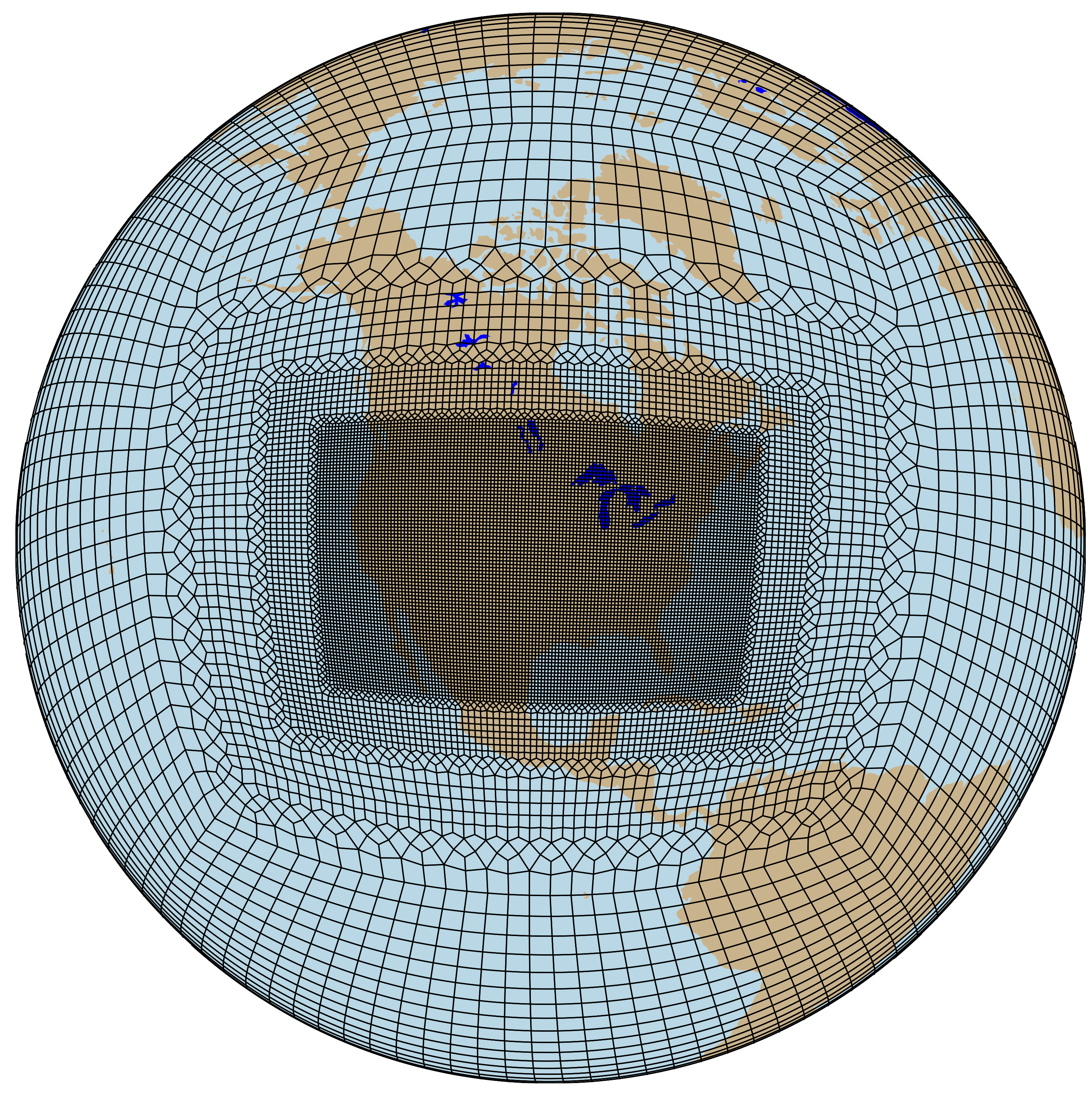Overview
The Multi-Scale Infrastructure for Chemistry and Aerosols (MUSICA) will become a computationally feasible global modeling framework that allows for the simulation of large-scale atmospheric phenomena, while still resolving chemistry at emission and exposure relevant scales. MUSICA is being developed by the Atmospheric Chemistry Observations and Modeling (ACOM) Laboratory at NCAR with the atmospheric chemistry community. MUSICA will eventually replace and extend the current separate community chemistry modeling efforts at NCAR (e.g. WACCM, CAM-Chem, WRF-Chem), paralleling other activities at NCAR to streamline and unify model development. Please find more information on the background and governance of MUSICA at the MUSICA website.
MUSICAv0
The first implementation of MUSICA is a configuration of CAM-chem, the Community Atmosphere Model with chemistry, which is a component of the Community Earth System Model (CESM). This configuration uses the Spectral Element (SE) dynamical core, which allows for Regional Refinement (RR), so is called CAM-chem-SE-RR, or MUSICA-V0, and is available as a ready-to-use configuration in CESM2.2.
CAM-chem is a global chemistry-climate model, with full coupling to the land and ocean, and includes comprehensive tropospheric and stratospheric chemistry, the MAM4 modal aerosol model, and a VBS-SOA scheme (Tilmes et al., 2019; Emmons et al., 2020; and references therein). The SE regional refinement capability in CAM is described in Lauritzen et al. (2018). The default resolution of MUSICA-V0 is approximately 1-degree for most of the globe, with approximately 14 km for the contiguous United States (CONUS). This CONUS grid is shown above, where the grid elements are plotted, and each element has 9 grid points.
| Getting started with MUSICAv0 | |
|---|---|
| Community Simulation | |
| Tutorials | |
| Run MUSICA-V0 | |
| Bugs and updates |
|
| Use different emissions | |
| Use different met data | |
| Available grids | |
Create new grid | |
| View output | |
| Model evaluation | |
| Additional resources | |
| User community | |
| Publications | |
| Questions or Comments | |
Provide Feedback
- Provide feedback on what is missing or unclear on this site through this Feedback Form.
